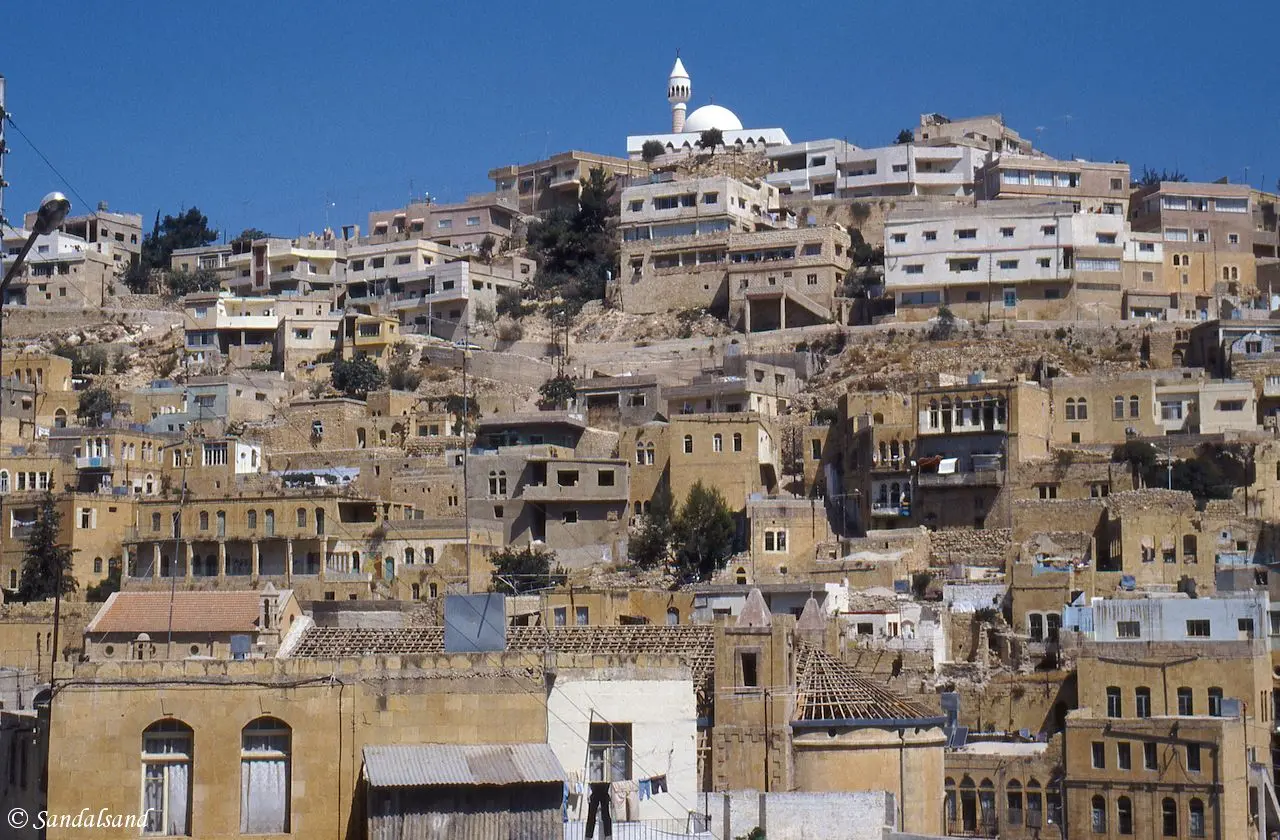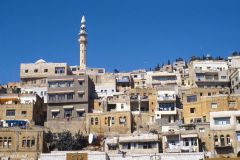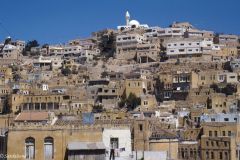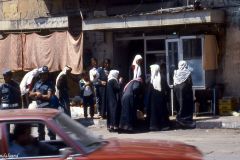As-Salt is a Jordanian town which had its Golden Age in the years between the 1860’s to the 1920’s. UNESCO calls it a place of tolerance and urban hospitality.
The UNESCO World Heritage List includes over a thousand properties. They have outstanding universal value and are all part of the world’s cultural and natural heritage.
Official facts
- Full name of site: As-Salt – The Place of Tolerance and Urban Hospitality
- Country: Jordan
- Date of Inscription: 2021
- Category: Cultural
UNESCO’s World Heritage Centre’s (short) description of site no. 689:
Built on three closely-spaced hills in the Balqa highland of west-central Jordan, the city of As-Salt, was an important trading link between the eastern desert and the west. During the last 60 years of the Ottoman period, the region prospered from the arrival and settlement of merchants from Nablus, Syria, and Lebanon who made their fortunes in trade, banking, and farming.
This prosperity attracted skilled craftsmen from different parts of the region who worked on transforming the modest rural settlement into a thriving town with a distinctive layout and an architecture characterized by large public buildings and family residences constructed of local yellow limestone.
The site’s urban core includes approximately 650 significant historic buildings exhibiting a blend of European Art Nouveau and Neo-Colonial styles combined with local traditions. The city’s non-segregated development expresses tolerance between Muslims and Christians who developed traditions of hospitality evidenced in Madafas (guest houses, known as Dawaween) and the social welfare system known as Takaful Ijtimai’.
These tangible and intangible aspects emerged through a melding of rural traditions and bourgeois merchants’ and tradespeople’s practices during the Golden Age of As-Salt’s development between 1860s to 1920s.
My visit
Time flies. I visited As-Salt, or Salt as it is known, 35 years before it became a World Heritage site. That was back in 1986. This is the note I wrote in my diary at the time:
“The town is known to be both interesting and old. Not that interesting in my view. I took a picture of a group of women in traditional clothes. Some Arab men stared sourly at me. One of them came over and asked me why I took the picture. To show friends back home, I replied. He did not say more, but went away angry.”
That was not what I would call “tolerance and urban hospitality”.
As a matter of fact, that was all. I was young and perhaps a little naive. I was then more preoccupied with the task of getting a permit to cross over the Jordan River to the West Bank and ultimately to Israel. During that process I had some time to kill and left my room in Amman to take a bus into neighbouring Salt and after that to the ancient Roman town of Jerash. I suppose Jerash will find a place on the heritage list sooner or later. Before this, I had on my Jordan trip made it to another place on the famous list, Petra.
Anyway, I did not waste too many rolls of film in Salt. I only took the three pictures at the bottom of this article. So, perhaps I should make it back to Salt some day.





